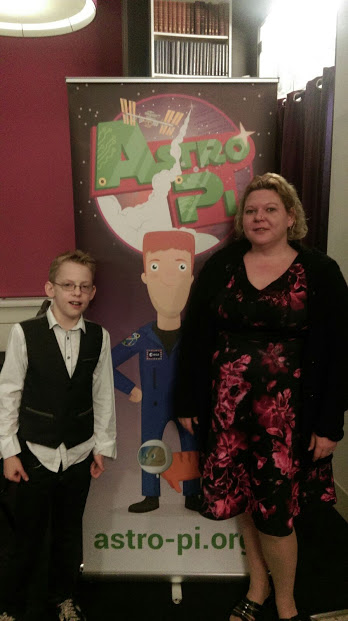
Richard Saville (aka AverageMan) previously ran Kickstarters for prototyping boards for the full-size Raspberry Pi. Now, he’s taken things smaller and created the ProtoZero. He is now running a Kickstarter to raise funds to produce it.
The ProtoZero is a Zero-sized prototyping board which gives you 154 holes of prototyping space in linked blocks of 3s and 4s as well as broken-out GPIO pins. It’s a lovely design (especially with the name emblazoned across the back) and will really come in really useful for those little projects that you want to move from breadboard to something more permanent. It is compatible with all versions of the Pi (see picture below) and is available for £5 (including UK postage, international postage is a bit extra). There are other pledge options available for multiple units. See the Kickstarter here. I’m off to place my pledge!








